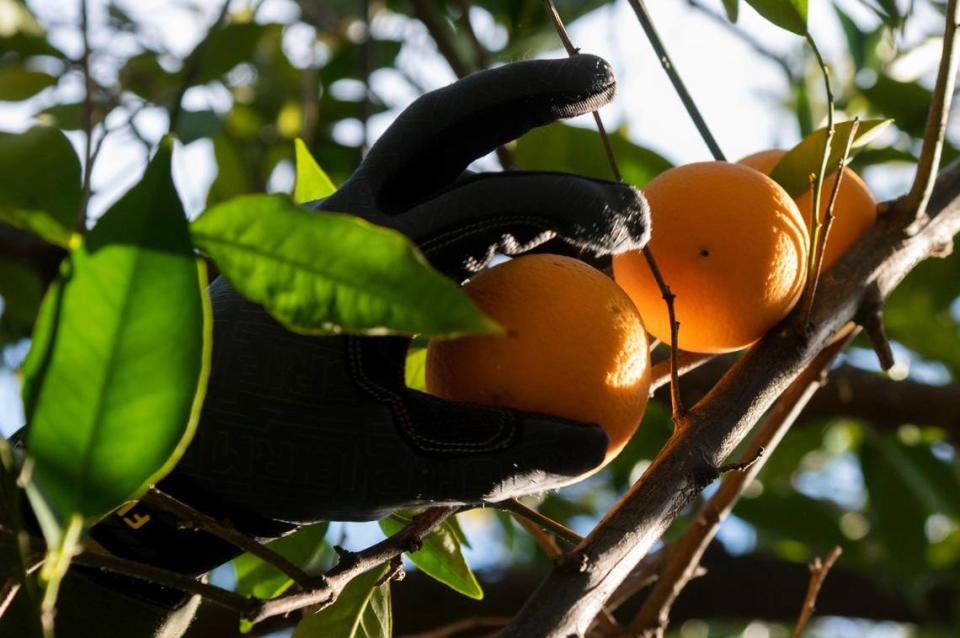Were there ever actual orchards in Orangevale and Citrus Heights? Bee Curious answers
If you head northeast of Sacramento, don’t expect groves of oranges and lemons, despite what suburban town names.
Roger Klausler and his wife moved to Citrus Heights in May 2022.
“After a while, I began to wonder,” Klausler told The Bee: “why is it called Citrus Heights since there was no citrus in evidence?”
Klausler asked Bee Curious, a community-driven series where journalists answer reader questions, how Citrus Heights and Orangevale got their names.: “Were there ever citrus orchards in that area?”
The orchards of Sacramento’s past
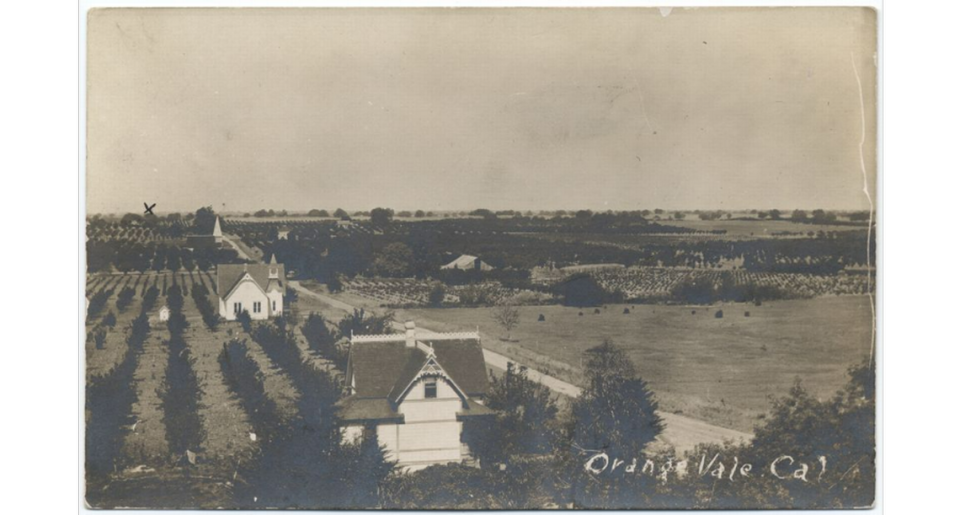
Before suburban homes, shopping plazas and roadways were planted into Sacramento, groves of orange, lemon and citrus fruit trees shaded the region.
While you might not find masses of fragrant orange trees so close to the city, aside from a few that pepper downtown, you’ll find their roots in some of the region’s names.
How Orangevale got its name
Orangevale, a census-designated place about 22 miles from Sacramento’s core, was known for its orange groves in the late 1800s, according to the town’s chamber of commerce.
Originally stylized as “Orange Vale,” the area was first mapped in the 1880s and 90s as “Orange Vale Colony” — borrowing its name from the colonization company and its orange groves, the chamber stated.
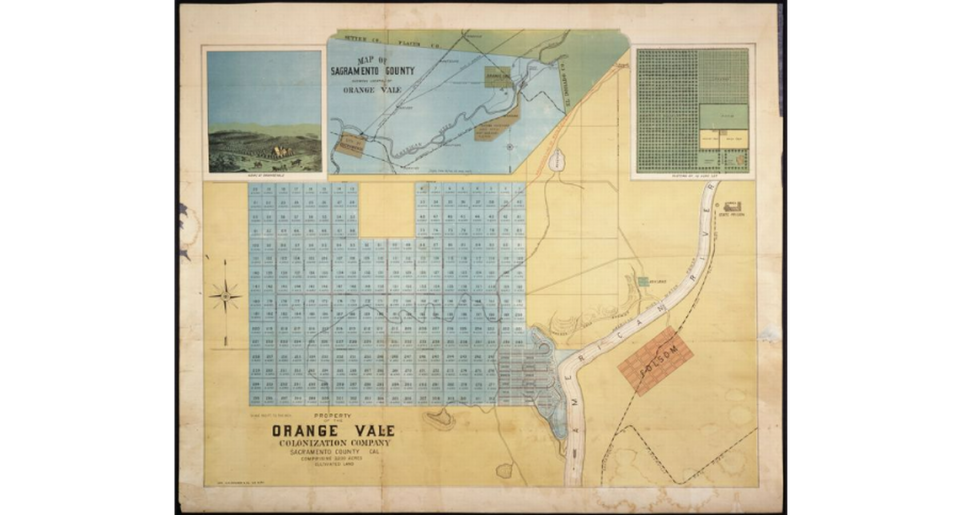
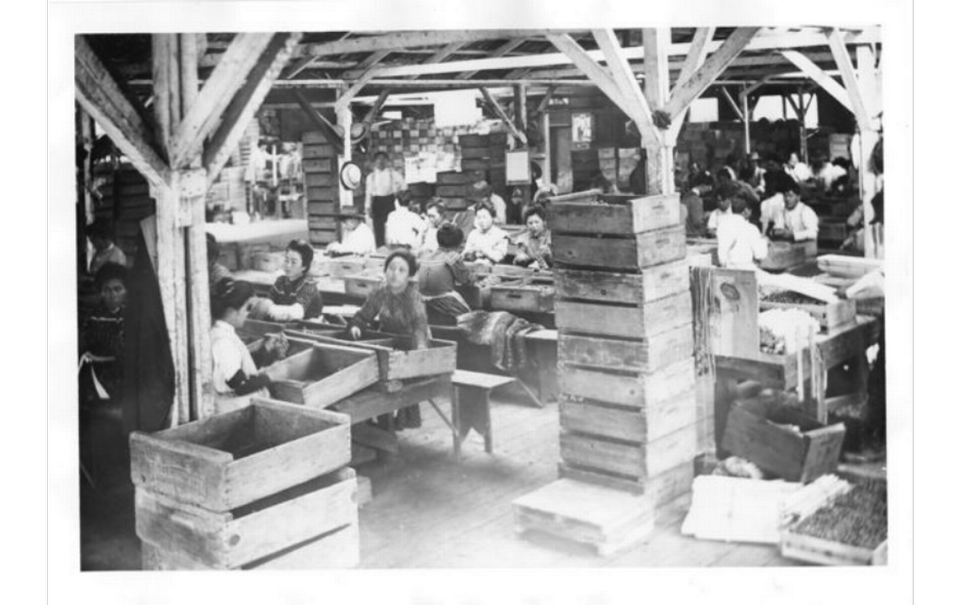
How Citrus Heights got its name
About five miles west from Orangevale is Citrus Heights.
The city was previously named Sylvan because of its “pristine oak-dotted countryside,” according to Citrus Height’s general plan. It was a small rural community, home to a schoolhouse built on five acres, ranches, markets and grain farms.
The citrus roots from Orangevale didn’t extend to Citrus Heights. Little citrus production was developed in the area, as the general plan outlined.
Despite this, in 1910, a real estate firm bought the area, split up the land into 10-acre lots and renamed Sylvan to Citrus Heights to attract buyers.
Attempts to make the city live up to its name stopped during the Great Depression, and in 1932, a winter freeze destroyed most of its orchards.
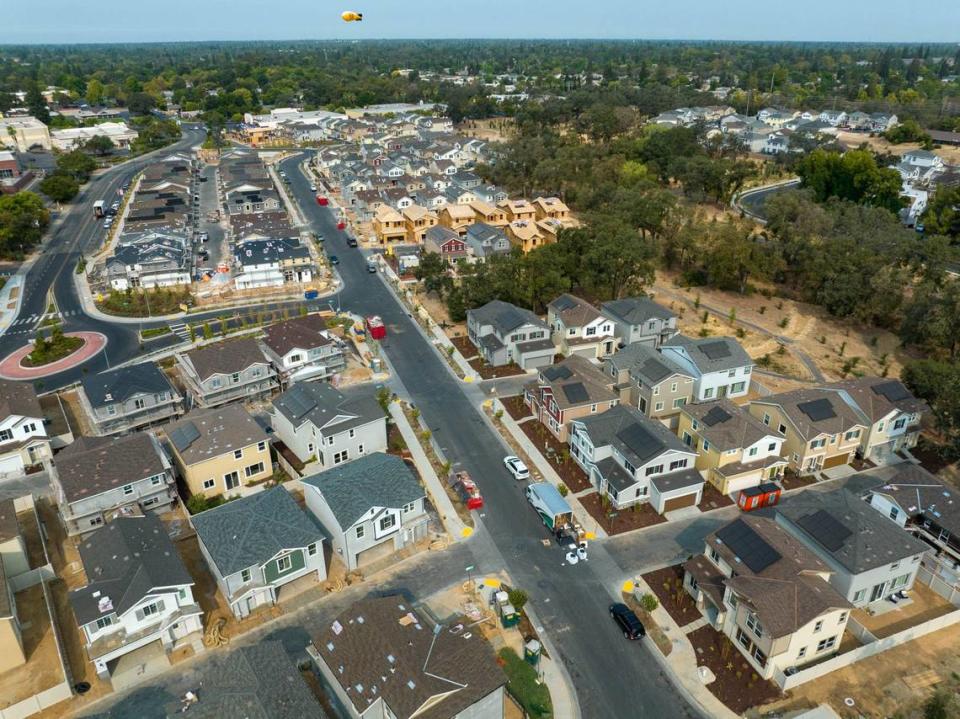
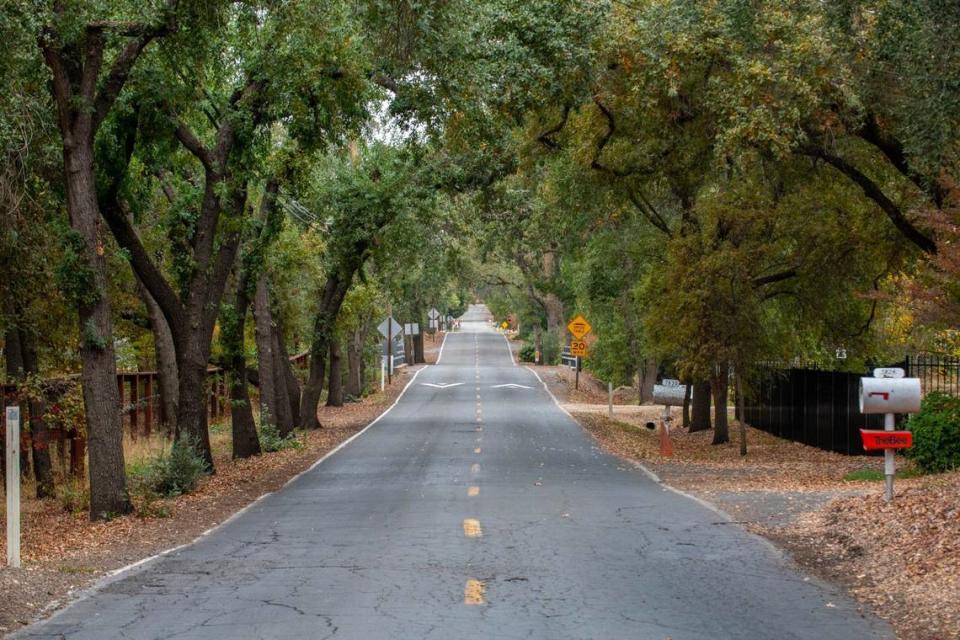
Why are there oranges in Sacramento?
Sacramento’s Mediterranean climate makes it a great place for citrus trees to grow.
The intense summer heat helps oranges develop their sweetness and the cool winters help it beat acidity, UC Cooperative Extension Sacramento County Master Gardener Bill Krycia told The Bee in 2019.
“Our climate is really well-suited for any kind of citrus tree,” Robinson said. “We have mild winters and frost won’t likely significantly damage the leaves. They can handle our heat in the summer, they can handle irregular watering.”
Why are there so many orange trees in Sacramento?
In Orangevale, the accessibility of water helped orange groves thrive.
According to the chamber, there were ditches made for mining on the Mississippi Bar which allowed for the irrigation of orange trees, vineyards and tree orchards in the area.
Mark Aring, president of the Orangevale History Project, said the stone fruits, such as peaches, also thrived in the town, as well as figs, grapes, olives and prunes.
But after the winter freeze in 1932, Orangevale was effectively wiped out of almost all of its orange groves.
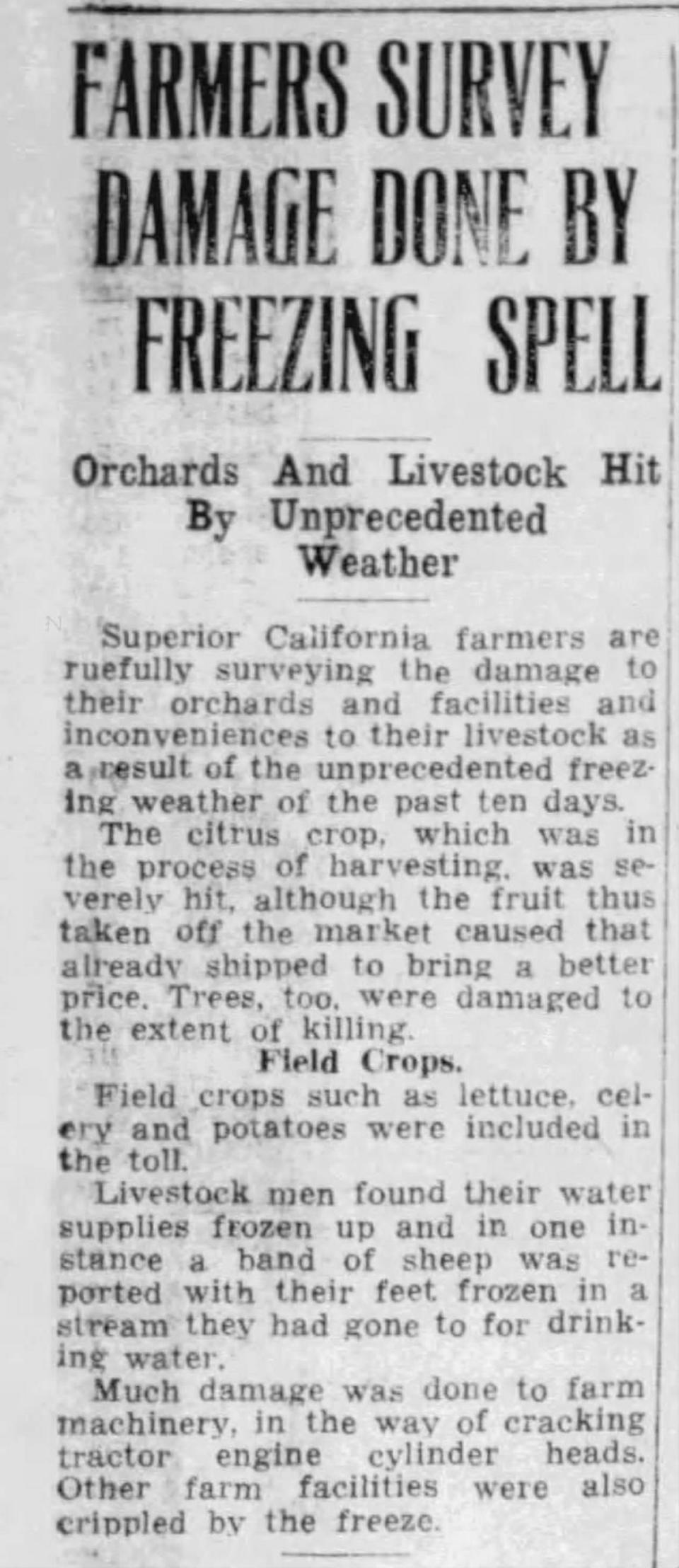
Aring said there was a shift in orchard dynamics following the freeze, with farmers switching to other fruits or adopting cattle or selling their properties altogether.
And while farming continued, the commerce stated, the area developed alongside the industrial growth of Sacramento and Placer counties.
Orangevale’s last commercial fruit operation, Tom Tomich Orchards, which was known for its peaches, apricots and figs, closed in 2017 after running for 120 years.
Orangevale community members quickly purchased the land, renaming it to Prosper Orchard, in an effort keep the legacy alive. Due to weather and high costs, it closed May of this year.
Only a handful of orchards still exist around Orangevale, growing stone fruits, Aring said. Now, the town’s namesake is mainly found in suburban lawns and parks.
